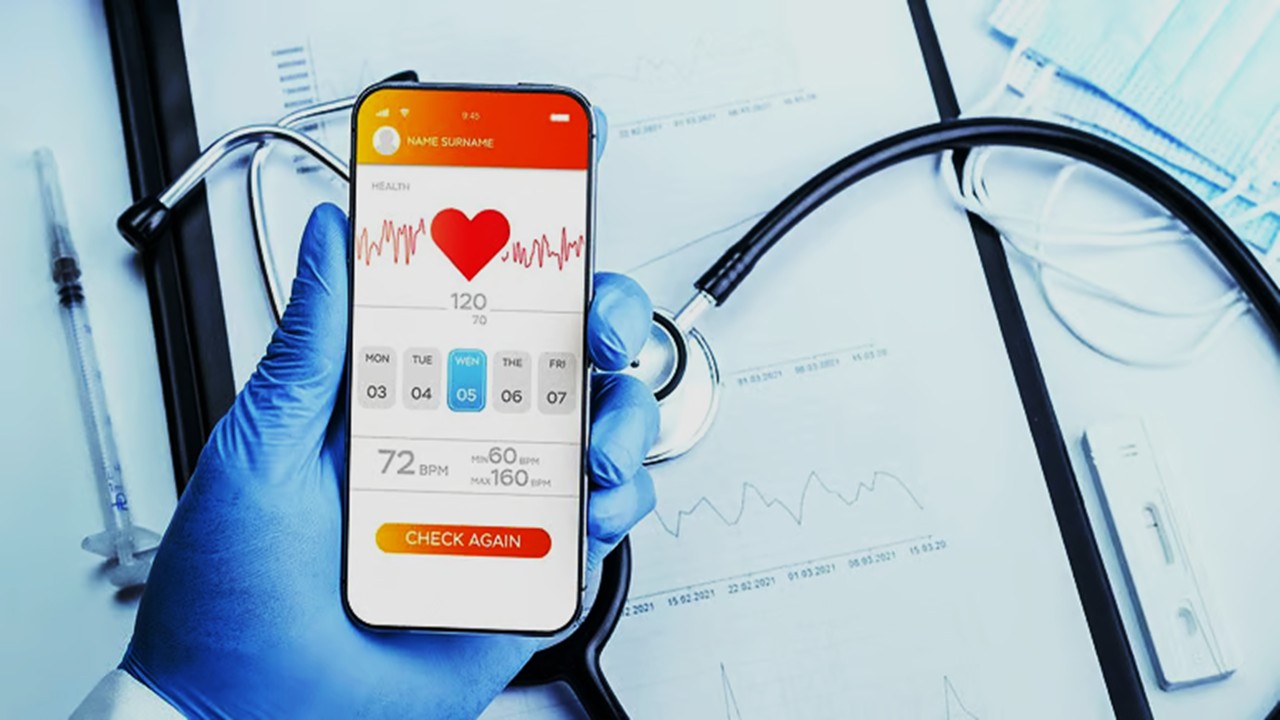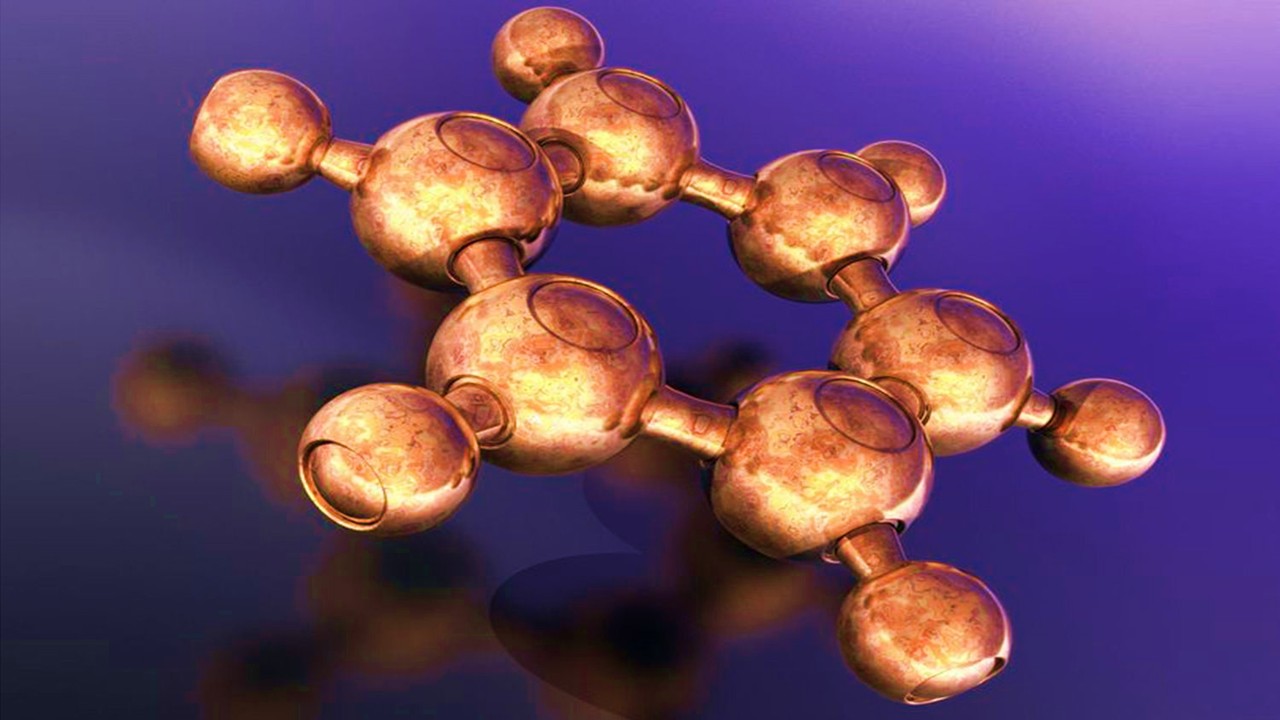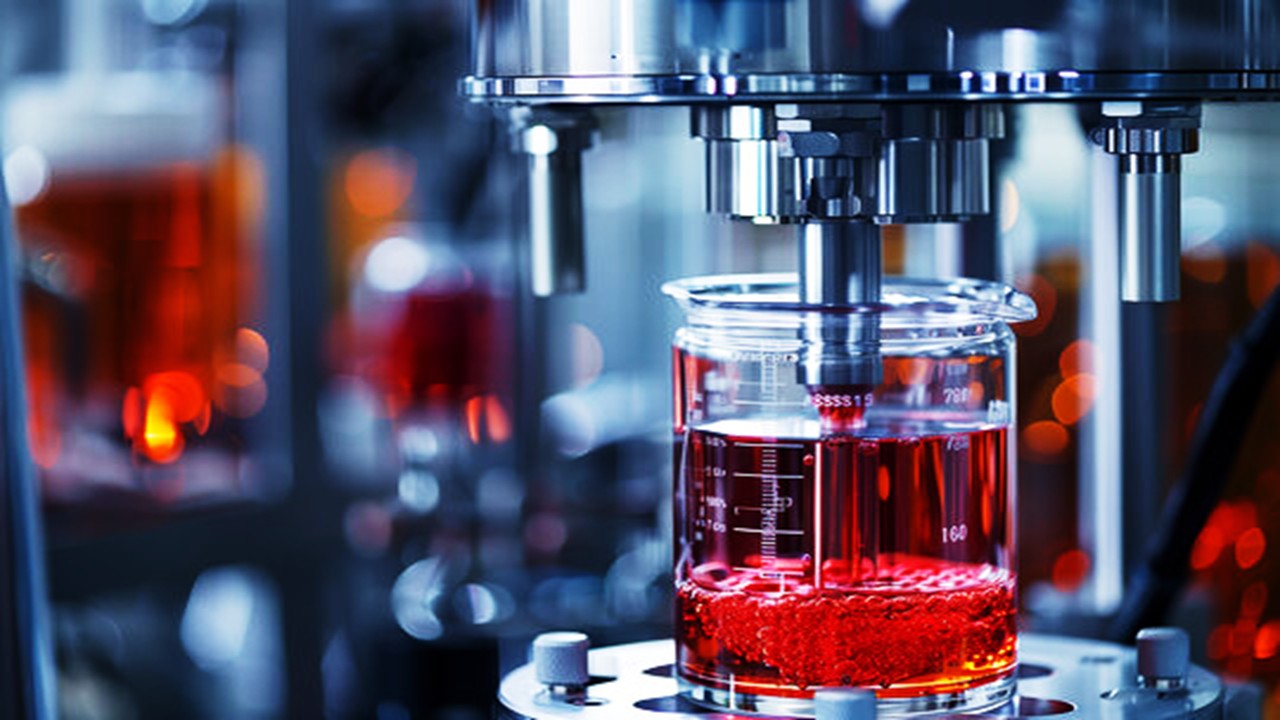The chemical manufacturing sector, long dominated by steam crackers and fossil-fueled reactors, is experiencing an aerodynamic revolution as wind energy becomes increasingly integrated into production ecosystems. Unlike intermittent residential applications, industrial-scale chemical processes demand unwavering energy consistency—a requirement that modern wind technologies now meet through innovative storage solutions and hybrid system designs. From ammonia synthesis to electrochemical reductions, wind-derived electrons are powering reactions that once relied exclusively on natural gas and coal, altering both the carbon footprint and economic calculus of bulk chemical production. The transition involves more than simple energy substitution; it requires rethinking process thermodynamics, reconfiguring reactor designs, and reimagining supply chain logistics around the inherent variability of meteorological forces. This transformation is particularly evident in electrochemical processes, where wind-powered electrolysis enables green hydrogen production at scales previously unimaginable, in turn feeding into cleaner routes for fertilizers, polymers, and specialty chemicals.
The Thermodynamic Re-engineering of Wind-Powered Reactors
Traditional chemical reactors were designed around the constant thermal profiles achievable through fossil fuel combustion, presenting a fundamental mismatch with wind energy’s variable output. Modern process engineers now approach this challenge through dynamic reaction engineering, where catalytic systems are optimized to operate within flexible temperature and pressure windows that align with wind availability. For instance, adiabatic reactor designs with advanced thermal buffering can maintain critical endothermic reactions during lulls in wind generation by leveraging stored heat from periods of excess production.
The Haber-Bosch process for ammonia synthesis exemplifies this paradigm shift. Conventional plants require steady hydrogen flows from steam methane reforming, but wind-powered alternatives employ electrolytic hydrogen whose production rate varies with turbine output. Novel catalyst formulations with wider operating tolerances allow these plants to ramp production up or down without the coke formation and thermal stress that plague traditional systems. Process control specialists note that such flexibility comes from sophisticated model predictive control algorithms that adjust hundreds of parameters in real-time based on wind forecasts and grid conditions.
Distillation systems, typically energy hogs in chemical plants, have undergone similar adaptations. Variable-speed distillation columns with dynamically adjustable tray configurations can modulate separation efficiency to match available wind power, reducing energy demand during low-wind periods without compromising product purity. These systems utilize advanced packing materials with tunable surface areas and liquid distribution systems that respond to real-time energy availability.
The most radical innovations emerge in electrochemical manufacturing. Wind-powered chlor-alkali plants now employ adaptive membrane technologies that alter ion selectivity based on current density, maintaining consistent product quality despite fluctuations in renewable input. Similarly, organic electrosynthesis reactors for fine chemicals incorporate redox mediators that effectively “store” reducing equivalents during high-wind periods, smoothing out subsequent reaction kinetics.
These technological adaptations collectively represent a new discipline—dynamic process engineering—where chemical plants no longer demand energy consistency but instead flexibly conform to renewable availability. The implications extend beyond sustainability to fundamentally new modes of chemical production that were impractical under rigid fossil paradigms.
The Green Hydrogen Nexus: Wind as a Feedstock Generator
Wind energy’s most transformative role in chemical manufacturing lies not in direct power supply but in enabling green hydrogen at industrial scales. Electrolyzers clustered around wind farms now produce the reducing equivalents needed to decarbonize everything from steel manufacturing to methanol synthesis. Unlike solar-derived hydrogen, wind-powered electrolysis offers more consistent diurnal production, particularly in offshore installations where nighttime winds remain strong. Chemical engineers emphasize that this reliability makes wind-sourced hydrogen particularly valuable for continuous processes that cannot tolerate frequent start-stop cycles.
The hydrogen’s purity creates unexpected process advantages. Steam reforming typically yields hydrogen contaminated with CO, requiring costly purification before use in sensitive applications like fuel cell manufacturing or semiconductor-grade chemical production. Wind-electrolyzed hydrogen emerges at five-nines purity, eliminating entire unit operations from downstream processes. This purity proves especially valuable in pharmaceutical intermediates manufacturing, where trace metals from conventional hydrogen sources can poison expensive catalysts.
Methanol synthesis plants illustrate the cascading benefits. Traditional plants balance hydrogen and carbon monoxide streams from fossil sources, but wind-enabled facilities can pair electrolytic hydrogen with CO₂ captured from fermentation or direct air capture. The resulting “green methanol” not only reduces emissions but often demonstrates superior reactivity in downstream formaldehyde and acetic acid production due to the absence of sulfur contaminants.
Emerging applications push beyond simple hydrogen production. Some facilities now use excess wind energy to generate hydrogen peroxide electrochemically, creating an on-demand oxidant for wastewater treatment within chemical complexes. Others employ wind-powered plasma reactors to generate atomic hydrogen for specialty chemical reductions, achieving selectivities unattainable with molecular hydrogen.
The next frontier involves integrating hydrogen storage directly into chemical processes. Liquid organic hydrogen carriers (LOHCs) like dibenzyltoluene can be hydrogenated during high-wind periods, then dehydrogenated to supply processes when turbines are idle. This approach effectively turns chemical plants into massive batteries, with energy storage happening at the molecular level within process streams themselves.
Offshore Wind and the Rebirth of Coastal Chemical Hubs
The rise of gigawatt-scale offshore wind farms is triggering a geographic reconfiguration of chemical manufacturing, with traditional inland petrochemical hubs giving way to coastal electrochemical complexes. Deepwater wind’s superior capacity factors and proximity to shipping lanes make it particularly attractive for energy-intensive processes like aluminum smelting and titanium dioxide production, which are now being collocated with wind farms.
Saltwater electrolysis presents one compelling synergy. Offshore wind powers the electrolysis of seawater to produce chlorine and sodium hydroxide, which in turn feed adjacent plants manufacturing PVC, epoxy resins, and other chlorinated compounds. Marine engineers note that modern corrosion-resistant electrolyzers can operate directly on filtered seawater, eliminating the need for costly desalination infrastructure.
The hydrogen logistics revolution further enhances these coastal hubs. While inland transport of hydrogen remains challenging, coastal plants can load green ammonia (a hydrogen carrier) directly onto ships for global distribution. This creates circular economies where wind-powered ammonia both feeds local fertilizer production and exports renewable energy in chemical form.
Co-location also solves the oxygen utilization problem. Electrolyzers produce nine tons of oxygen for every ton of hydrogen, typically vented as waste. Coastal chemical plants now pipe this high-purity oxygen into adjacent facilities for oxy-combustion processes, sulfur recovery units, and even aquaculture operations, creating additional revenue streams.
Perhaps most innovatively, some offshore platforms are being redesigned as floating chemical plants. Modular methanol synthesis units mounted directly on wind turbine platforms eliminate transmission losses by converting electricity to chemical energy at source. The methanol is then shipped to shore for further processing, effectively creating decentralized chemical manufacturing networks.
The Materials Science Behind Wind-Optimized Catalysts
The variable power input from wind turbines demands a new generation of catalysts designed for dynamic rather than steady-state operation. Traditional catalysts optimized for continuous feedstocks often degrade under fluctuating conditions, prompting development of materials that maintain activity across wider operating windows.
Zeolite catalysts exemplify this evolution. In wind-powered alkylation processes, new zeolite formulations with hierarchical pore structures maintain selectivity during feed rate variations that would collapse simpler frameworks. These materials incorporate rare-earth dopants that stabilize acid sites during transient conditions, preventing the coking that plagues conventional solid acid catalysts.
Electrocatalysts for wind-powered processes show even more radical adaptations. Oxygen evolution catalysts in electrolyzers now incorporate self-healing properties, where reversible phase transitions repair damage caused by frequent current density changes. Some nickel-iron catalysts demonstrate adaptive surface reconstruction, literally rearranging their atomic configurations to maintain optimal overpotentials as wind power fluctuates.
Heterogeneous catalysts for wind-powered ammonia synthesis reveal similar innovations. Ruthenium-based systems with promotors that migrate to active sites during low-activity periods then retreat during high-activity phases allow consistent conversion rates despite variable hydrogen feed. This dynamic behavior mimics enzymatic systems more than traditional industrial catalysts.
Perhaps most remarkably, some photocatalytic systems now operate in symbiosis with wind patterns. Titanium dioxide catalysts doped with nitrogen and graphene quantum dots can store photonic energy during sunny, windy periods, then release it as thermal energy to maintain reaction temperatures when winds calm. This creates a hybrid solar-wind-chemical system that smooths out renewable variability at the molecular level.
The Process Control Revolution for Wind-Coupled Plants
Integrating wind energy into continuous chemical processes requires control systems far more sophisticated than traditional PID loops. Modern wind-powered plants employ distributed control architectures that treat weather forecasts as process inputs, adjusting operations hours in advance of expected wind patterns.
Model predictive control (MPC) systems now incorporate computational fluid dynamics models of entire wind farms, anticipating not just total output but localized turbulence that might cause minute-scale variability. These systems preemptively adjust chemical feed rates, column reflux ratios, and compressor speeds to maintain product specifications despite energy fluctuations.
The real innovation lies in how these systems handle uncertainty. Rather than relying on single-point forecasts, advanced controllers consider ensemble weather predictions, evaluating thousands of potential wind scenarios to identify robust operating strategies. This probabilistic approach proves particularly valuable for batch processes where a wrong decision could ruin entire product lots.
Digital twin technology takes this further by creating virtual replicas of entire chemical plants that simulate operations under various wind conditions. Engineers test control strategies in these virtual environments before implementing them physically, dramatically reducing commissioning risks for novel processes.
The most cutting-edge systems incorporate reinforcement learning, where control algorithms continuously improve their performance by “learning” from each wind event. Over time, these systems develop non-intuitive control strategies—perhaps maintaining higher reactor temperatures during certain wind directions that historically precede drops in velocity, or pre-charging electrochemical cells when specific atmospheric pressure trends emerge.
The Circular Chemistry Enabled by Wind Integration
Wind energy’s impact extends beyond direct power supply to enabling novel circular economy pathways within chemical manufacturing. The abundant, low-cost electrons allow economic implementation of energy-intensive recycling processes previously considered marginal.
Plastic depolymerization provides a prime example. Conventional mechanical recycling degrades polymer properties, but wind-powered microwave pyrolysis can break plastics back into original monomers at scales viable for repolymerization. The intermittent nature of wind actually benefits these batch processes, as the microwave systems can ramp up during high-wind periods to create inventory of depolymerized feedstock for continuous use.
Carbon black recovery from tires demonstrates similar synergies. Wind-powered plasma reactors now cleanly separate carbon black from tire rubber without the emissions of conventional pyrolysis, producing a material pure enough for reuse in new tire manufacturing. The variability of wind proves advantageous here too, as the plasma intensity can be modulated to optimize different separation phases.
Even inorganic chemical loops benefit. Wind-powered electrochemical systems can regenerate spent acids from metal finishing operations, converting waste streams back into process inputs. These systems cleverly use wind variability to their advantage—employing high-current periods for bulk regeneration while using lower-energy intervals for purification steps.
The most visionary applications involve closing loops across industries. Wind-powered electrolysis generates hydrogen for steelmaking, whose waste heat then drives adjacent chemical processes, whose byproducts feed carbon capture systems—creating interlocking circular systems impossible under fossil paradigms.
The Future: Wind-Powered Electrosynthesis of Fine Chemicals
Looking ahead, the greatest potential may lie in applying wind energy to precision chemical manufacturing. Pharmaceutical intermediates and electronic-grade chemicals demand exacting conditions that intermittent renewables could theoretically disrupt—but emerging technologies turn this variability into an asset.
Pulsed electrosynthesis represents one breakthrough. Rather than maintaining constant potentials, wind’s natural fluctuations enable potential cycling that enhances selectivity in complex organic reductions. Early studies show certain chiral compounds achieve higher enantiomeric purity under wind-like variable potentials than under steady power.
Flow chemistry systems are particularly amenable to wind integration. Smart flow reactors adjust residence times dynamically based on available energy, extending reactions during low-wind periods by increasing path lengths through coiled tubing, then accelerating during high-output windows.
Photoredox catalysis paired with wind shows unexpected synergies. Intermittent operation actually prevents photocatalyst degradation that occurs under continuous illumination, while the variable light intensity mimics natural photosynthetic rhythms that some biocatalysts inherently prefer.
The ultimate vision involves fully adaptive chemical plants where synthetic routes themselves change based on wind forecasts. A plant might switch between electrochemical, photocatalytic, and thermal pathways depending on renewable availability—a flexibility impossible with fossil lock-in.
The New Chemical Meteorology
The integration of wind energy into chemical manufacturing represents more than an alternative power source—it constitutes a fundamental reimagining of process chemistry itself. Where fossil fuels imposed rigid, heat-dominated paradigms, wind introduces a dynamic, electron-driven approach that unlocks novel pathways and products.
From self-optimizing catalysts to circular economy loops, the innovations spurred by wind integration are redefining what chemical plants can be. The industry is moving from fighting variability to embracing it, developing systems where chemical and meteorological cycles synchronize into sustainable harmony.
As this transformation accelerates, the very geography and methodology of chemical production will continue evolving. The plants of tomorrow may look less like sprawling steam-belching complexes and more like responsive biochemical networks—breathing with the wind’s rhythms while synthesizing the molecules of our sustainable future.
Engr. Dex Marco Tiu Guibelondo, B.Sc. Pharm, R.Ph., B.Sc. CpE
Editor-in-Chief, PharmaFEATURES

Subscribe
to get our
LATEST NEWS
Related Posts
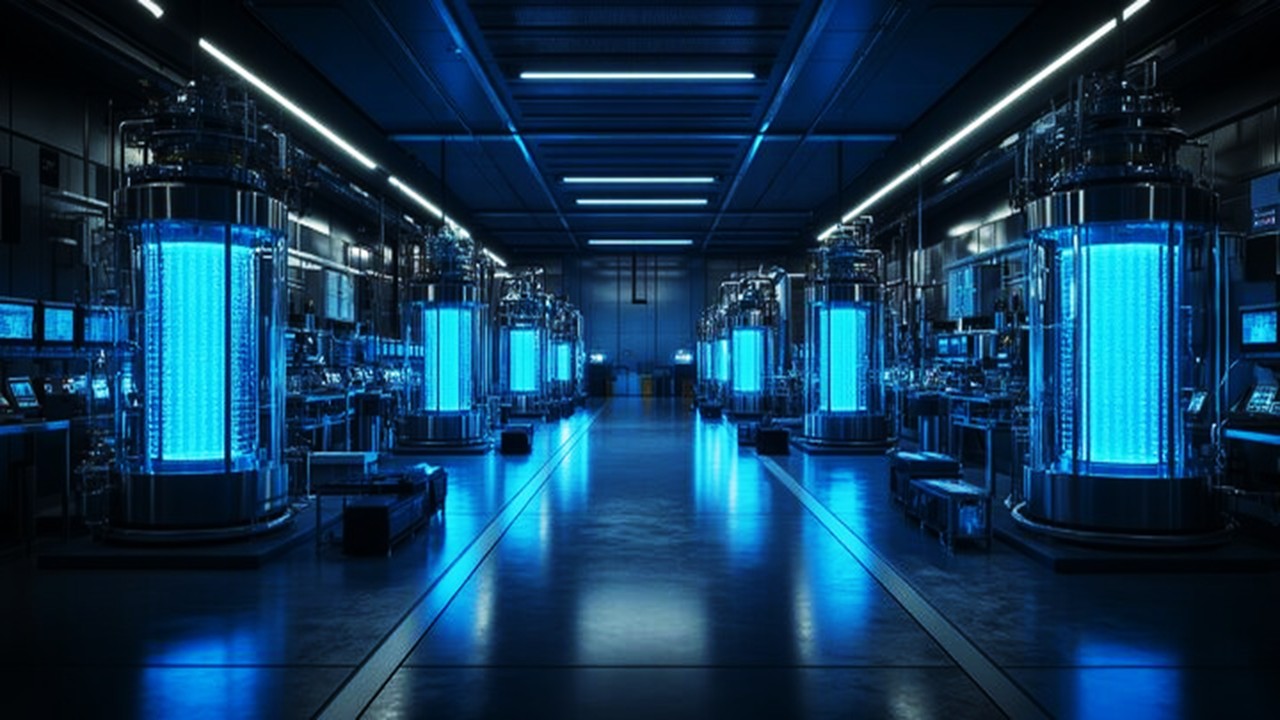
Chemistry, Manufacturing & Controls
Precision Engineering: The Science of Optimizing Bioreactor Conditions
Bioreactors serve as the cornerstone of modern bioprocessing, enabling the scalable production of therapeutics, biofuels, and engineered tissues.
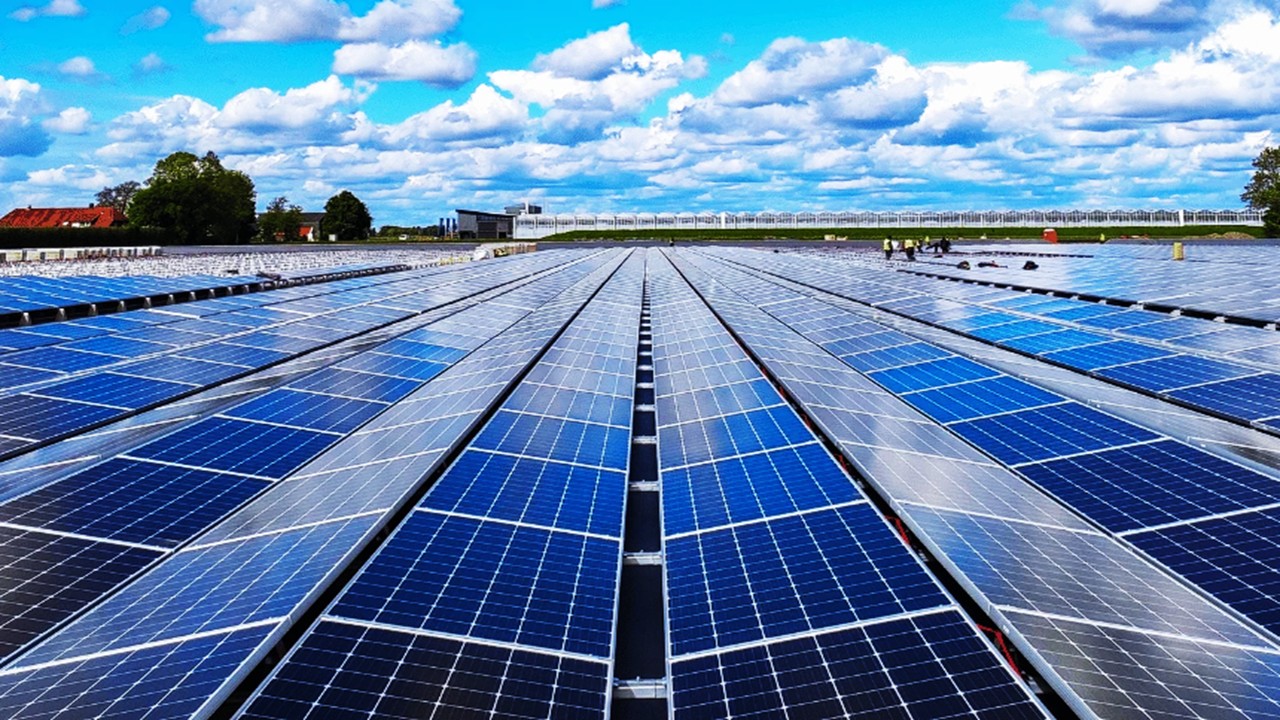
Chemistry, Manufacturing & Controls
Photon to Pill: The Solar-Powered Future of Pharmaceutical Manufacturing
In pharma manufacturing, sunlight powers innovations from photoredox API synthesis to solar-thermal sterilization, offering unique benefits beyond grid energy.
Read More Articles
Algorithmic Trials: How Decision Theory is Reshaping Decentralized Clinical Research
Decision theory offers a robust mathematical framework to design trials that enhance efficiency, uphold ethical standards, and better reflect the complexities of real-world therapeutic contexts.
Polarity Alchemy: Strategic Charge Manipulation in Contemporary Drug Design
The future promises tunable therapies with polarity adjustable by light, magnetic fields, or bioorthogonal triggers.









